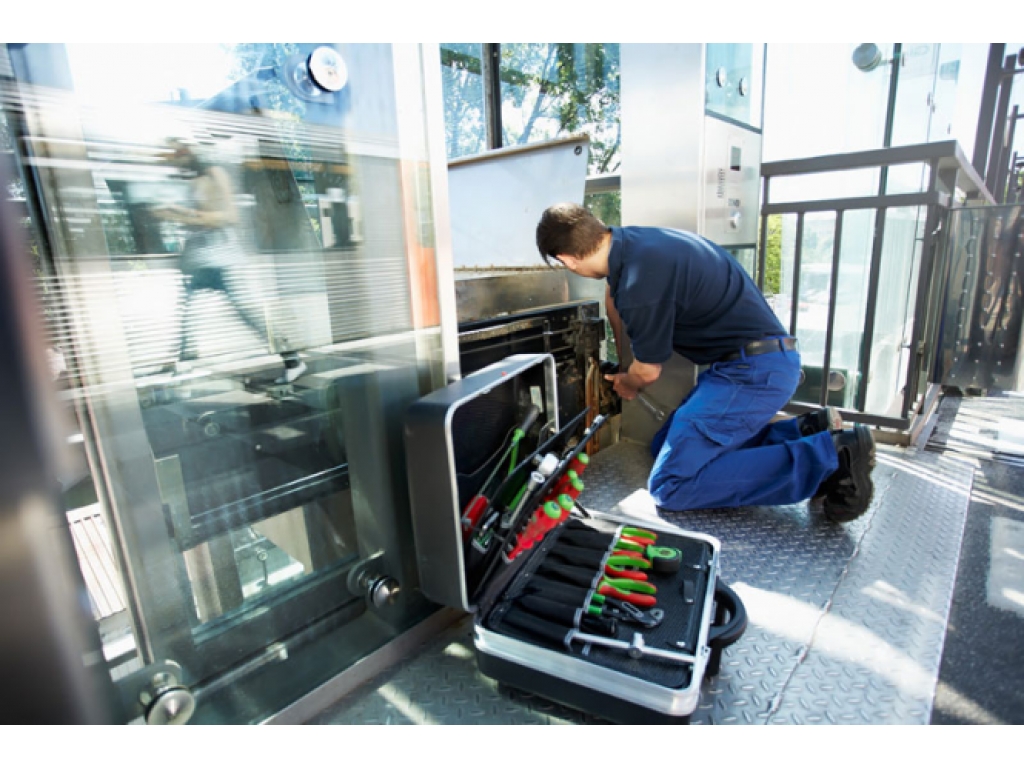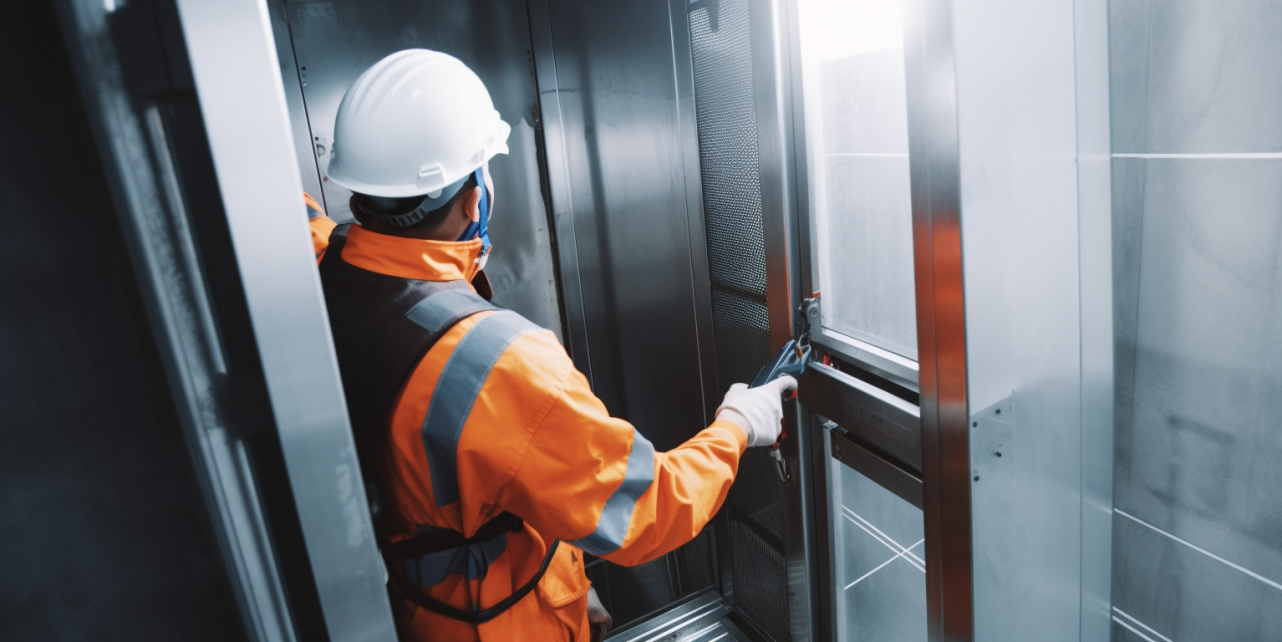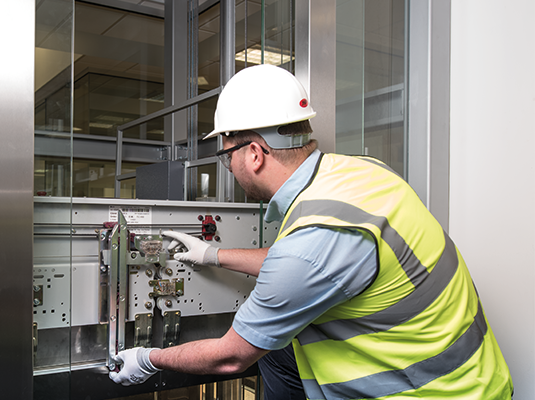Pro Tips for Maintaining Your Lift in Top Problem: A Detailed Summary
Ensuring the optimal performance of a lift system is important for a risk-free and reliable operation in numerous setups, from commercial warehouses to industrial buildings. By sticking to a structured upkeep routine and preemptively resolving prospective concerns, lift proprietors can mitigate pricey downtime and security hazards.

Importance of Regular Maintenance
Regular upkeep of your lift is vital to guarantee its optimal efficiency and longevity. By adhering to a normal upkeep schedule, you can identify and address prospective concerns prior to they escalate into costly fixings or unexpected downtime. Routine upkeep jobs such as lubricating moving parts, inspecting for damage, and inspecting hydraulic systems can help avoid breakdowns and guarantee safe procedure.
Disregarding regular upkeep not only jeopardizes the efficiency of your lift however likewise postures safety and security dangers to customers and building. Parts that are not correctly kept may fall short all of a sudden, resulting in accidents or damage to the lift itself. Additionally, addressing concerns at an early stage via maintenance can prolong the life-span of your lift and decrease the likelihood of major break downs.
Along with enhancing security and efficiency, routine upkeep can also conserve you money in the future. By investing in preventive maintenance steps, you can stay clear of pricey repairs or replacements that might develop from ignoring the maintenance of your lift. On the whole, focusing on regular upkeep is important for optimizing the functionality and durability of your lift system.
Leading Components to Inspect

Furthermore, pay close attention to the lift's safety and security attributes, such as emergency situation stop switches, safety and security sensing units, and interlocking mechanisms, to ensure they are working correctly. Regularly inspect the lift shaft for debris or blockages that might hinder the activity of the lift vehicle. Lastly, don't fail to remember to analyze the doors, hinges, and door operators to assure smooth opening and closing operations. By meticulously checking these top components, you can capture potential issues early and ensure your lift stays in leading problem.
Proactive Troubleshooting Techniques
By tracking metrics such as lift rate, motor temperature, and energy usage, upkeep teams can determine very early signs of possible concerns and take rehabilitative activities before they rise. Additionally, applying a precautionary upkeep routine that consists of lubrication of relocating components, screening of emergency brakes, and calibration of sensing units can proactively deal with common lift system issues.
Additionally, investing in training programs for upkeep personnel on repairing strategies particular to the lift design mounted can empower them to detect and solve problems swiftly. By remaining in advance of possible troubles with aggressive troubleshooting, lift drivers can ensure a smoother and a lot more dependable procedure while lessening the risk of unanticipated break downs.
Crucial Lubrication Practices
Executing appropriate lubrication practices is https://lift-maintenance-repair.co.uk/ critical for guaranteeing the smooth procedure and durability of lift systems. Regular lubrication helps in reducing rubbing between relocating parts, stopping deterioration that can lead to pricey fixings and downtime. Adhering to a stringent lubrication schedule is essential. when it comes to lift upkeep.
Picking the best lubricating substance is the very first step in efficient upkeep. Different elements of the lift system may call for details sorts of lubricants, such as oil or oil. Speak with the maker's standards to figure out the appropriate lubricating substances for every component.

Regularly examining the condition of oiled components is also crucial. Seek signs of too much wear, contamination, or inadequate lubrication. Deal with any problems promptly to stop additional damages and make sure the ongoing smooth operation of your lift system. By focusing on correct lubrication practices, you can expand the life-span of your lift and enhance its efficiency.
Safety Steps for Lift Operators
In order to preserve a secure functioning atmosphere and support functional effectiveness, lift operators have to rigorously stick to prescribed security procedures, alongside focusing on vital lubrication techniques for ideal lift performance. Safety actions for lift drivers are important to avoid crashes and make certain the smooth performance of the lift system.
In addition, lift drivers have to prioritize personal protective devices (PPE) such as safety helmets, gloves, and safety belt when functioning at elevations or taking care of heavy loads. Clear interaction among drivers, maintenance technicians, and various other workers is essential to stop misunderstandings that might bring about mishaps. Finally, drivers need to continue to be attentive, focused, and stay clear of disturbances while running the lift to guarantee the safety of themselves and others in the vicinity.
Conclusion
In conclusion, preserving a lift in leading condition is critical for making sure security and efficiency in operations. Normal upkeep, extensive evaluations of key elements, aggressive troubleshooting, correct lubrication techniques, and adherence to safety and security actions are essential for lengthening the life expectancy of the lift and avoiding accidents. By following these standards, lift operators can make sure the ongoing performance and safety of their devices.
By sticking to an organized maintenance regimen and preemptively resolving prospective problems, lift owners can minimize pricey downtime and safety dangers. Frequently inspect the lift shaft for debris or blockages that could impede the activity of the lift auto.In order to maintain a risk-free working atmosphere and support operational effectiveness, lift drivers need to carefully adhere to suggested safety procedures, along with focusing on necessary lubrication methods for ideal lift efficiency. Security steps for lift operators are essential to avoid accidents and guarantee the smooth functioning of the lift system. Normal maintenance, thorough inspections of vital elements, aggressive troubleshooting, correct lubrication practices, and adherence to safety and security measures are important for extending the lifespan of the lift and avoiding mishaps.